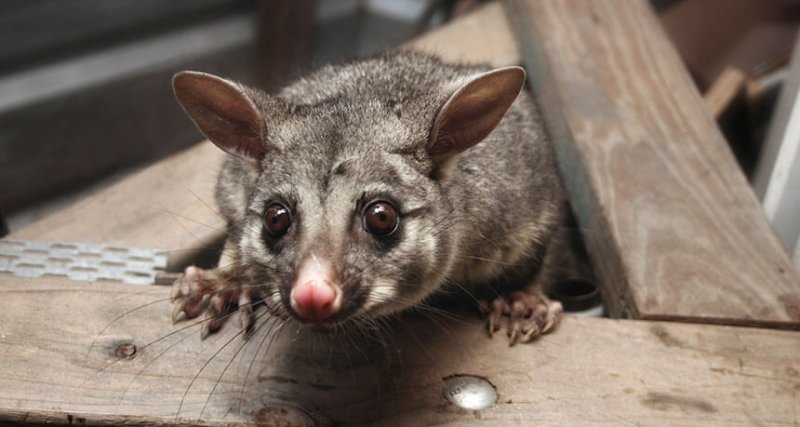…
They’re considering use of a type of gene-editing tool known as a gene drive. It can copy and paste itself into the genome of an organism. (A genome is the complete set of genetic instructions in an organism.) Once the gene drive is inside the genome, it could change the genes of some invasive species in a way that would make that species die off at sites where it doesn’t belong.
That may sound like a good thing. Indeed, many scientists hope it will be. Still, they have concerns. After all, if a gene drive “escapes,” it could kill that targeted species even in places where it does belong.
…
No one has clear answers on what is the right thing to do. Nor is it clear who should have the right to make the final call, [environmental scientist Todd] Kuiken says. Yet that doesn’t mean the technology shouldn’t be used at all, he adds. Indeed, he noted, if people wait too long, it may be too late to save an endangered species.
Read full, original post: Can DNA editing save endangered species?































